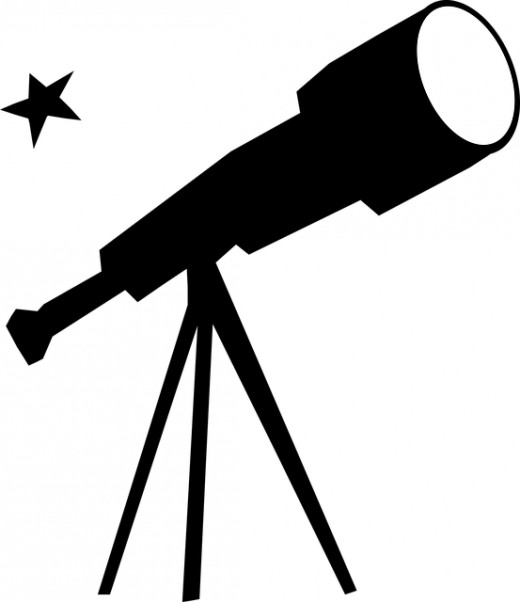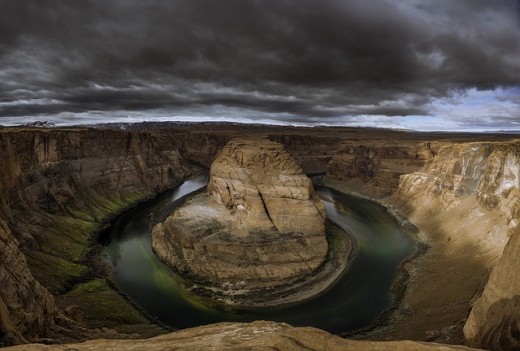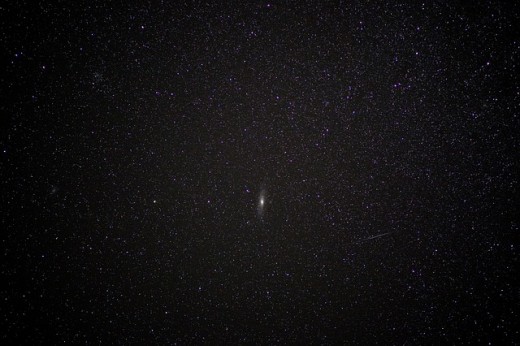The Sun! The Moon! The Stars!
Astronomy enthusiasts never get tired of spending time with the sun, the moon and the stars. If they are planning a vacation, it would be great if it helps them spend more time watching night sky. They need to make sure that they are carrying a telescope and a star map.

Tips on How to Plan an Astronomy Focused Vacation
Here are a few tips on how to plan an astronomy focused vacation:
Check Weather Forecasts
It is good idea to check weather forecasts before deciding on the place. It is frustrating to spend time inside a hotel room, when it would be raining or cloudy outside. A clear night sky is an astronomy enthusiast's dream.
- New York Weather - AccuWeather Forecast for NY 10007
Get the New York weather forecast. Access hourly, 10 day and 15 day forecasts along with up to the minute reports and videos for New York, NY 10007 from AccuWeather.com

Choose Locations Where There are Observatories
Vacations to places where there are observatories is bound to be exciting especially during major astronomical events like an eclipse, comets, meteor showers, etc.
Lowell Observatory
Lowell Observatory in Flagstaff, AZ is definitely a great idea. The added advantage is that the Grand Canyon and the Meteor Crater are just one hour by road from here. Established in 1894, the Lowell Observatory was designated a National Historic Landmark in 1965.
Pluto Was Discovered in Lowell Observatory
Clyde Tombaugh discovered Pluto in this observatory. The telescope he used and the wooden dome that houses it were renovated in January 2017. The telescope and the dome date back to the late 1920s.
Lowell Observatory
Mauna Kea Observatory
Astronomy enthusiasts will definitely love the Mauna Kea Observatory in Hawaii's Big Island. It is 13,796 feet above sea-level and isolated in the Pacific Ocean.
Mauna Kea Houses the Largest Astronomical Observatory in the World
Mauna Kea (White Mountain) is a dormant volcano in the island of Hawaii. It is located about 300 km from Honolulu. This place hosts the world's largest astronomical observatory, with telescopes operated by astronomers from eleven countries. There are 13 working telescopes near the summit of Mauna Kea. The observatory offer some of the most pristine star-gazing conditions in the world.
Cloud Free Sky
The atmosphere above the mountains is dry. Sky is usually cloud free. One can be assured of excellent viewing conditions. Mauna Kea Observatory is one among few immensely popular getaways in the world.
You can visit the summit, but authorities suggest stopping at the Visitor's Center, located at 9,200 feet, before continuing onward (both to check weather conditions and acclimate to the elevation).
Stargazing and Star Tours
Every night of the year, from 6:00 pm to 10:00 pm. Mauna Kea offers stargazing and star tours to visitors. Telescopes available for amateur astronomers for free. You do not need a reservation to participate.
Consider Deserts
Astronomy enthusiasts will love night sky view offered by deserts of the Middle East. They can plan a vacation to any of the desert resorts in the region like Qasr Al Sarab Desert Resort and Spa in the UAE (United Arab Emirates). Camping in desert sands, watching shisha clouds rising in to the night sky filled with stars, is an experience in itself.
Night Sky

Source
Mantiqueira Mountains
Located on the border of the states of São Paulo, Minas Gerais and Rio de Janeiro, Mantiqueira Mountains in South eastern Brazil is an excellent place for astronomy enthusiasts. Visit during winter. Sky will be clear and you can be assured of spectacular viewing conditions. There are hotels like the Do Ype Hotel.
Karl G. Jansky Very Large Array
Located on the Plains of San Agustin fifty miles west of Socorro, New Mexico, this centimeter-wavelength radio astronomy observatory consists of 27 radio antennas in a Y-shaped configuration.
Grand Canyon National Park
Royal Observatory
The Royal Observatory, Greenwich, London, United Kingdom, is located on a hill in Greenwich Park, overlooking the River Thames. It houses the only planetarium in London. The museum here narrates the history of time and astronomy.
Visit the Hemispheres to Enjoy Auroras
Locations near the hemispheres offer amazing views of the auroras, which are also known as the northern and southern lights. Auroras are nature's fireworks show.
While auroras technically happen year-round, their unpredictability makes winter (in either hemisphere) the best season to catch them. This is because the nights are longer, giving you a higher chance of catching the light show.
It is a good idea to take the children along as it is a great opportunity to develop their interest in astronomy. They can also have fun in the process.
Milky Way Viewed from the Atacama Desert in Chile

Wikimedia Commons | Source
Eclipse Vacation
Keep a filter. Cardboard eclipse “glasses” with lenses of optical Mylar cost less than $2. Devices like this enable you safely look directly at the sun anytime. Another safe solar filter is #14 welder’s glass, which is around $2. Have a sunscreen and an umbrella. Have a solar telescope.
Top 5 Large Telescopes
Name
|
Aperture
|
Location
|
|---|---|---|
Gran Telescopio Canarias
|
10.4 m
|
Roque de los Muchachos Obs, Spain
|
Hobby-Eberly Telescope
|
10 m
|
McDonald Observatory, Texas, USA
|
Keck 1
|
10 m
|
Mauna Kea Observatories, Hawaii, USA
|
Keck 2
|
10 m
|
Mauna Kea Observatories, Hawaii, USA
|
Southern African Large Telescope
|
9.2 m
|
South African Astronomical Obs., Northern Cape, South Africa
|
Astronomy compels the soul to look upwards and leads us from this world to another.
— Plato
No comments:
Post a Comment